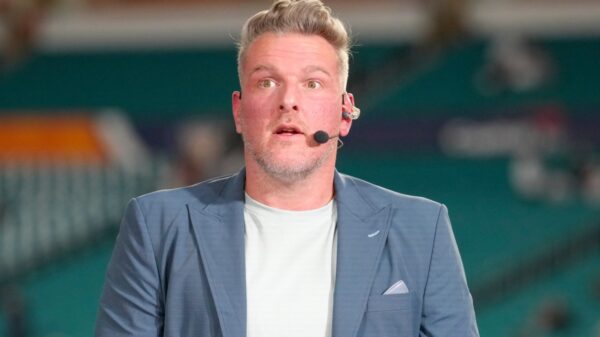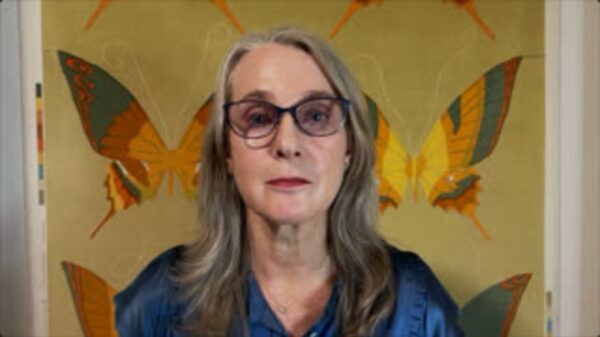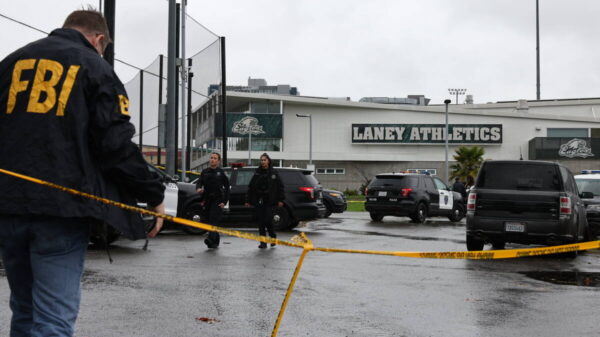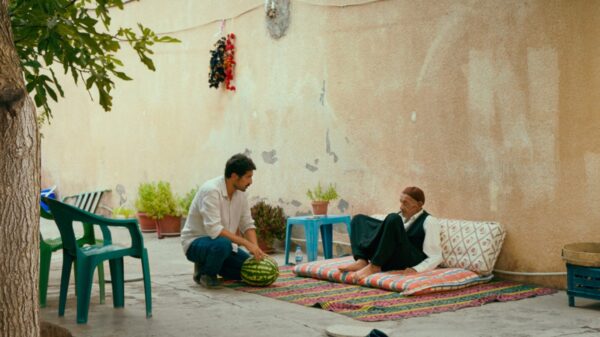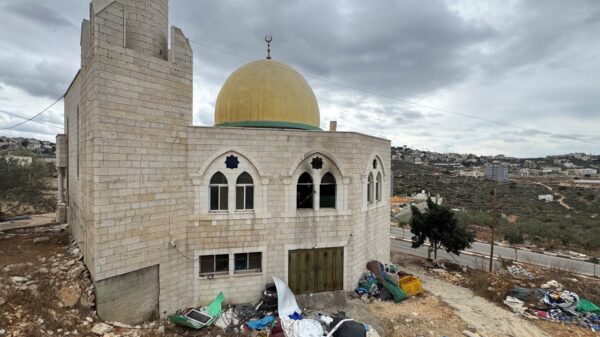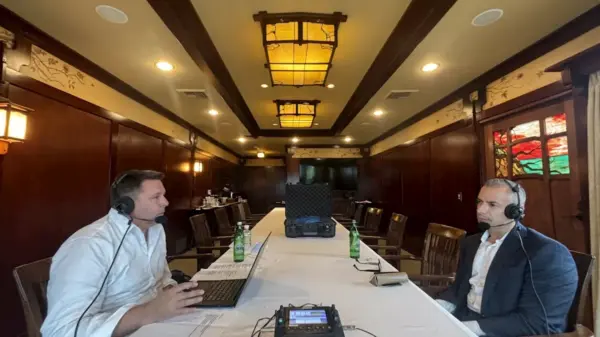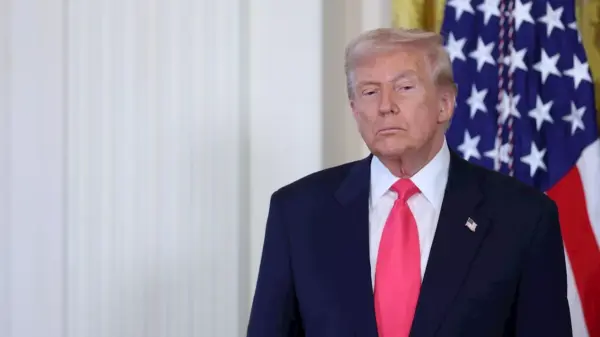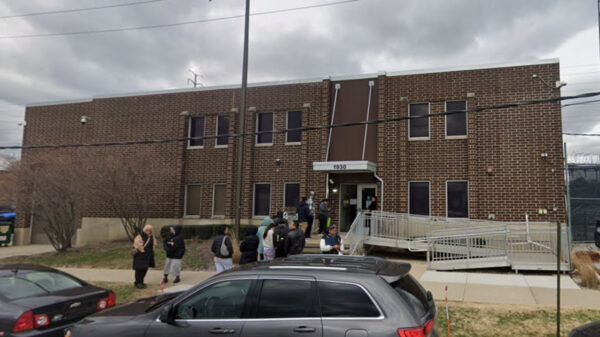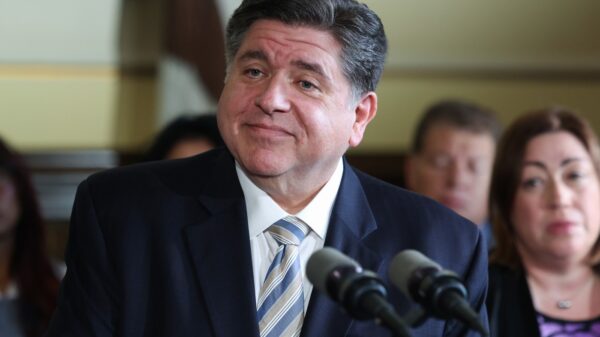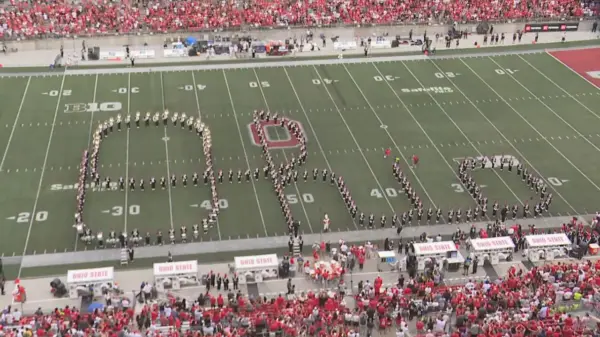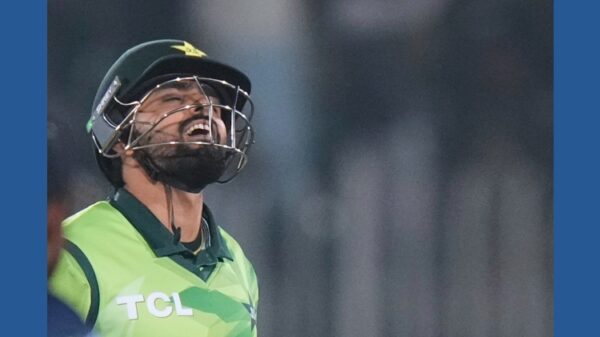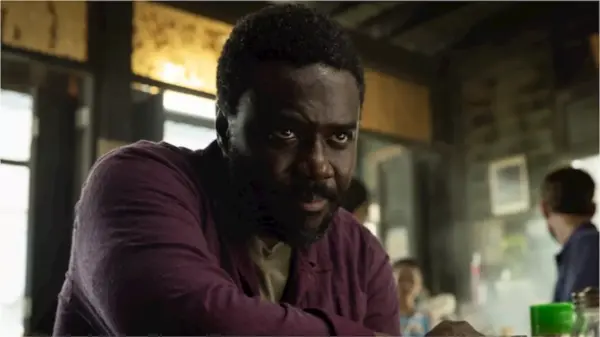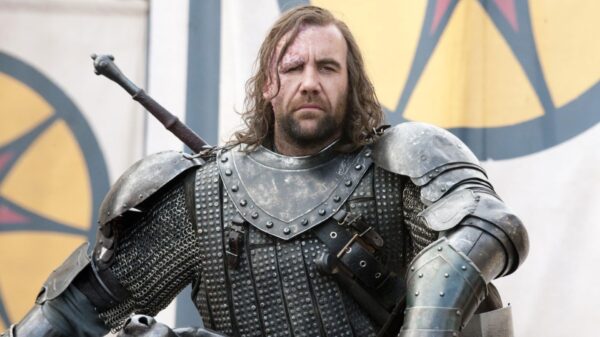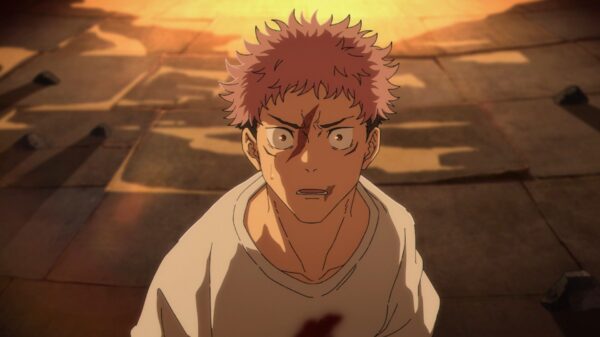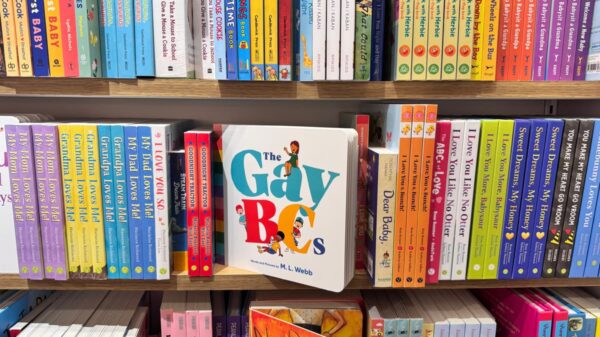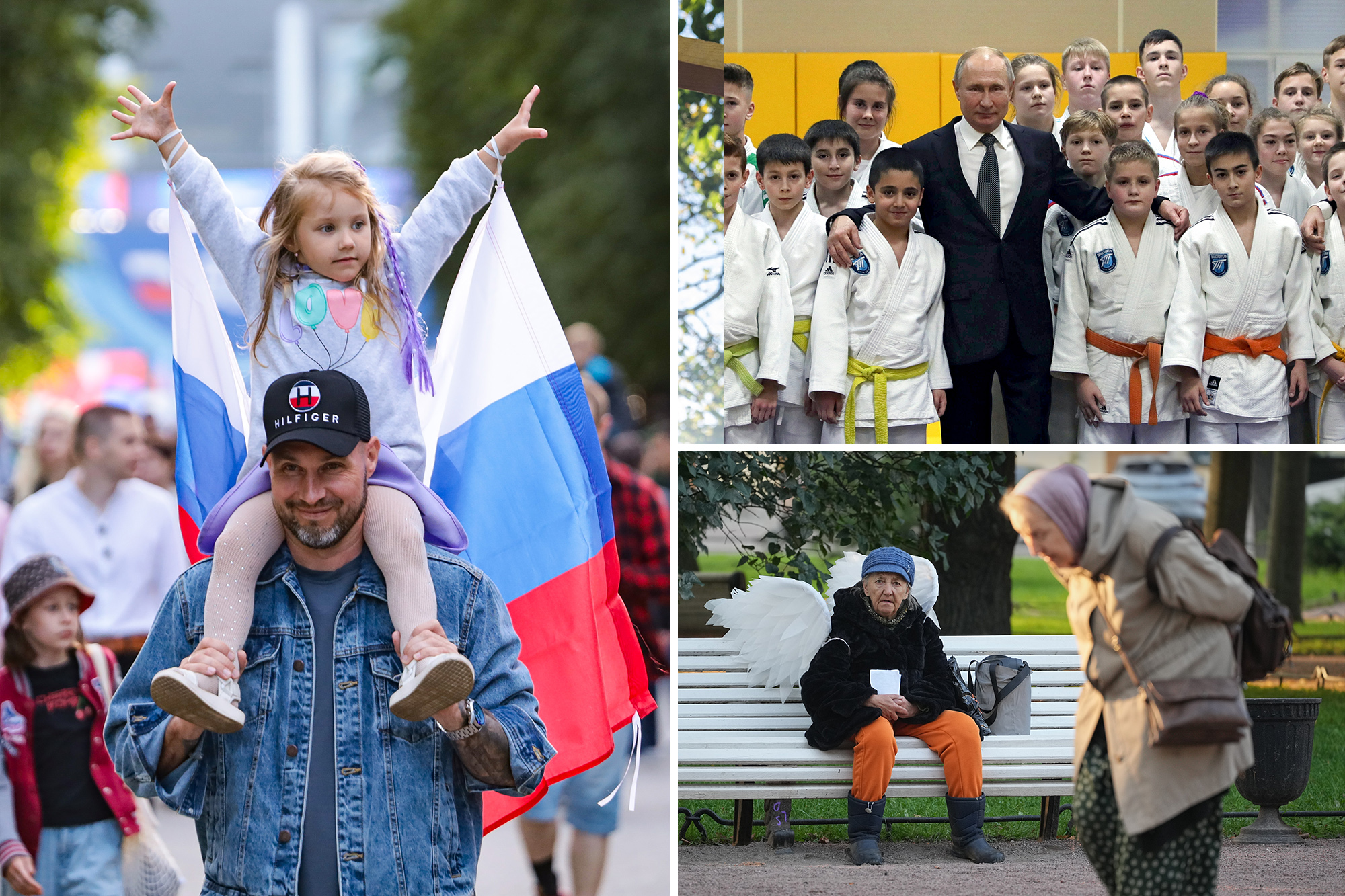Russia is grappling with a significant demographic crisis that poses potential security threats. Over the past 25 years, President Vladimir Putin has consistently highlighted the challenges of a declining and aging population. The situation has evolved since 1999, when the number of births in the country fell to its lowest recorded level. During a recent demographic conference, Putin emphasized the necessity of increasing birth rates, stating that doing so is “crucial” for Russia’s future.
To address these demographic challenges, Putin has launched various initiatives aimed at encouraging larger families. Programs range from offering free school meals for families with multiple children to awarding the Soviet-style “hero-mother” medal to women who give birth to ten or more children. “Many of our grandmothers and great-grandmothers had seven, eight, and even more children,” he remarked in 2023. “Let’s preserve and revive these wonderful traditions.”
Despite initial success in boosting birth rates during periods of economic growth—rising from 1.21 million in 1999 to 1.94 million in 2015—these gains have eroded significantly. The combination of financial instability, the ongoing war in Ukraine, and an exodus of young males has contributed to a declining birth rate. According to the Federal Statistics Service, Russia’s population has decreased from 147.6 million in 1990 to 146.1 million in 2024, even after accounting for the population of Crimea and its births and deaths.
The demographic landscape is also shifting; the percentage of the population aged 55 and older has risen from 21.1% in 1990 to 30% in 2024. Births have continued to decline, with only 1.22 million live births recorded last year, a figure just slightly above the low from 1999. Demographer Alexei Raksha noted that February 2025 saw the lowest monthly birth figures in over two centuries.
In an effort to counteract these trends, the Russian government has adopted stringent measures to promote “traditional family values.” Legislation has been enacted to limit the promotion of abortion and outlaw “child-free ideology.” Some officials view these measures as a way to solve demographic issues, with Russian feminist scholar Sasha Talaver critiquing the implication that women should prioritize reproduction in the name of patriotism.
Russia’s demographic challenges are compounded by a harsh historical context. Economic turbulence often correlates with lower birth rates; young couples living in cramped conditions and uncertain job markets are less likely to feel secure enough to start families. The legacy of World War II, which claimed around 27 million Soviet lives, has had lasting effects, particularly on the male population. The collapse of the Soviet Union further exacerbated the decline in birth rates.
As the war in Ukraine continues, many young Russians have chosen to leave the country, further reducing the potential pool of parents. This situation presents a dilemma for Putin, who has frequently linked population growth to national security. Although some family-friendly policies, such as cash certificates for parents, have gained popularity, others have drawn criticism. For instance, one-time payments of approximately $1,200 for pregnant teenagers have sparked debate about their true intention.
In addition to financial incentives, the government has introduced symbolic measures like state holidays dedicated to family and motherhood. Despite these efforts, the fertility rate remains concerningly low. In 2023, Russia’s fertility rate was reported at 1.4, well below the 2.1 replacement rate needed to maintain population levels.
Abortion access has also been restricted, with some regions implementing laws to discourage the procedure. Although abortion remains legal, the availability of services has declined, with many private clinics ceasing to offer them. New legislation curbing access to abortion-inducing pills has further complicated the issue, leading to longer wait times at state clinics and mandatory counseling that can delay procedures beyond legal limits.
The Kremlin’s approach to immigration could potentially offset population decline; however, recent anti-migrant sentiment has complicated this avenue. Many migrants from Central Asia are now seeking opportunities elsewhere due to increasing discrimination and economic instability in Russia.
As the war in Ukraine continues, the government may offer financial incentives to encourage births, but without the stability and confidence necessary for couples to consider expanding their families, these measures may fall short. As one woman who chose not to have children noted, “The happiest and healthiest child will only be born in a family with healthy, happy parents.”

